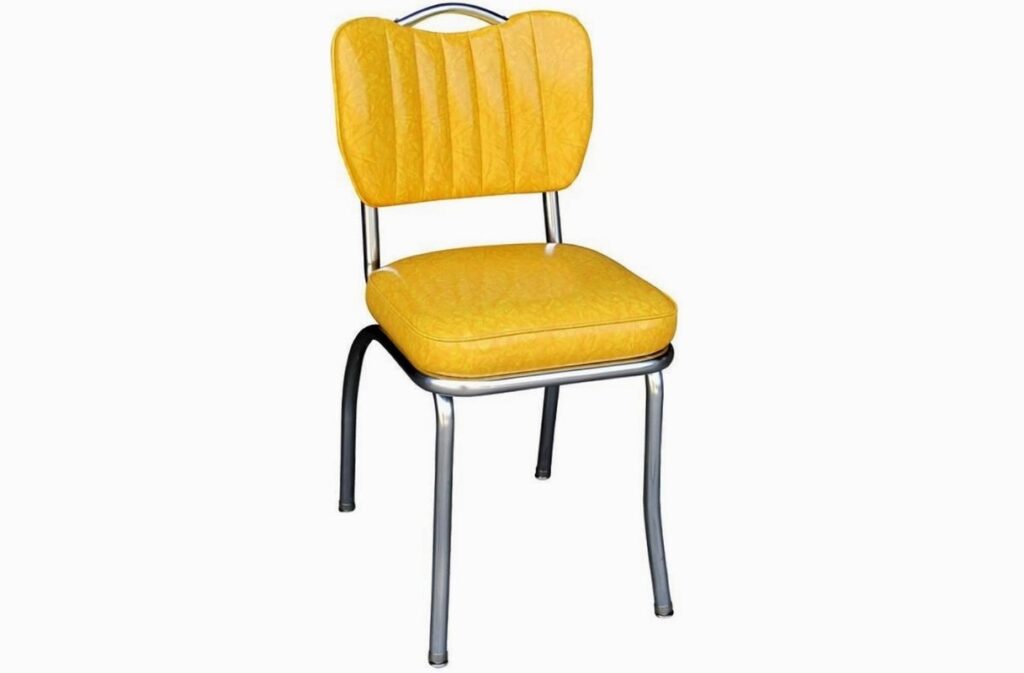Here are some potential developments and directions for ergonomic designs in the future:
- Advanced Office Ergonomics: As remote work and flexible work arrangements become more prevalent, ergonomic office furniture and accessories will be further refined. Ergonomic chairs, adjustable desks, keyboard setups, and monitor arrangements will cater to individual needs, promoting better posture, reducing strain, and preventing musculoskeletal issues.
- Ergonomics in Smart Homes: With the rise of smart home technology, ergonomic considerations will be integrated into various aspects of home automation. This could include smart furniture that adjusts itself based on user preferences, beds that adapt to different body positions, or even home environments that optimize lighting and temperature for maximum comfort.
- Ergonomic Wearable Technology: Wearable devices, such as smartwatches and augmented reality glasses, will be designed with ergonomics in mind. Comfortable and lightweight materials, along with optimal form factors, will make these devices more enjoyable to wear for extended periods.
- Transportation Comfort: In the automotive industry, we can expect to see further improvements in ergonomic seating and cabin designs. Vehicles will be designed to provide better lumbar support and reduce fatigue during long drives. Additionally, self-driving cars may offer flexible seating arrangements to accommodate various passenger needs.
- Ergonomic Gaming Equipment: As gaming continues to be a popular pastime, gaming peripherals like chairs, keyboards, and mice will prioritize ergonomic features to ensure gamers can play comfortably for extended sessions.
- Inclusive and Universal Design: Future ergonomic designs will also focus on inclusivity, catering to a wider range of body types, ages, and physical abilities. This could mean adjustable products that can be customized for individual users or designs that accommodate a more diverse user base.
- Health and Wellness Integration: Ergonomic designs will increasingly be connected to health and wellness technologies. For instance, office chairs could be equipped with sensors to monitor sitting posture and remind users to take breaks or adjust their seating position.
- Biometric Ergonomics: Advancements in biometric sensing may allow products to adapt their ergonomics based on real-time data from the user. This could result in chairs adjusting automatically based on the user’s posture or smart mattresses adapting to different sleep positions.
- Sustainable Ergonomics: The future of ergonomic designs will likely also emphasize sustainability. Manufacturers will seek eco-friendly materials and production processes, ensuring that comfort does not come at the expense of the environment.
Overall, the future of comfort lies in ergonomics, where design and technology work hand in hand to create products and environments that prioritize our physical well-being and enhance our daily experiences. As research and technology progress, we can expect even more sophisticated and personalized ergonomic solutions that cater to individual needs and preferences.
Note: When you make a purchase through our affiliated links, a small commission is earned by us.


